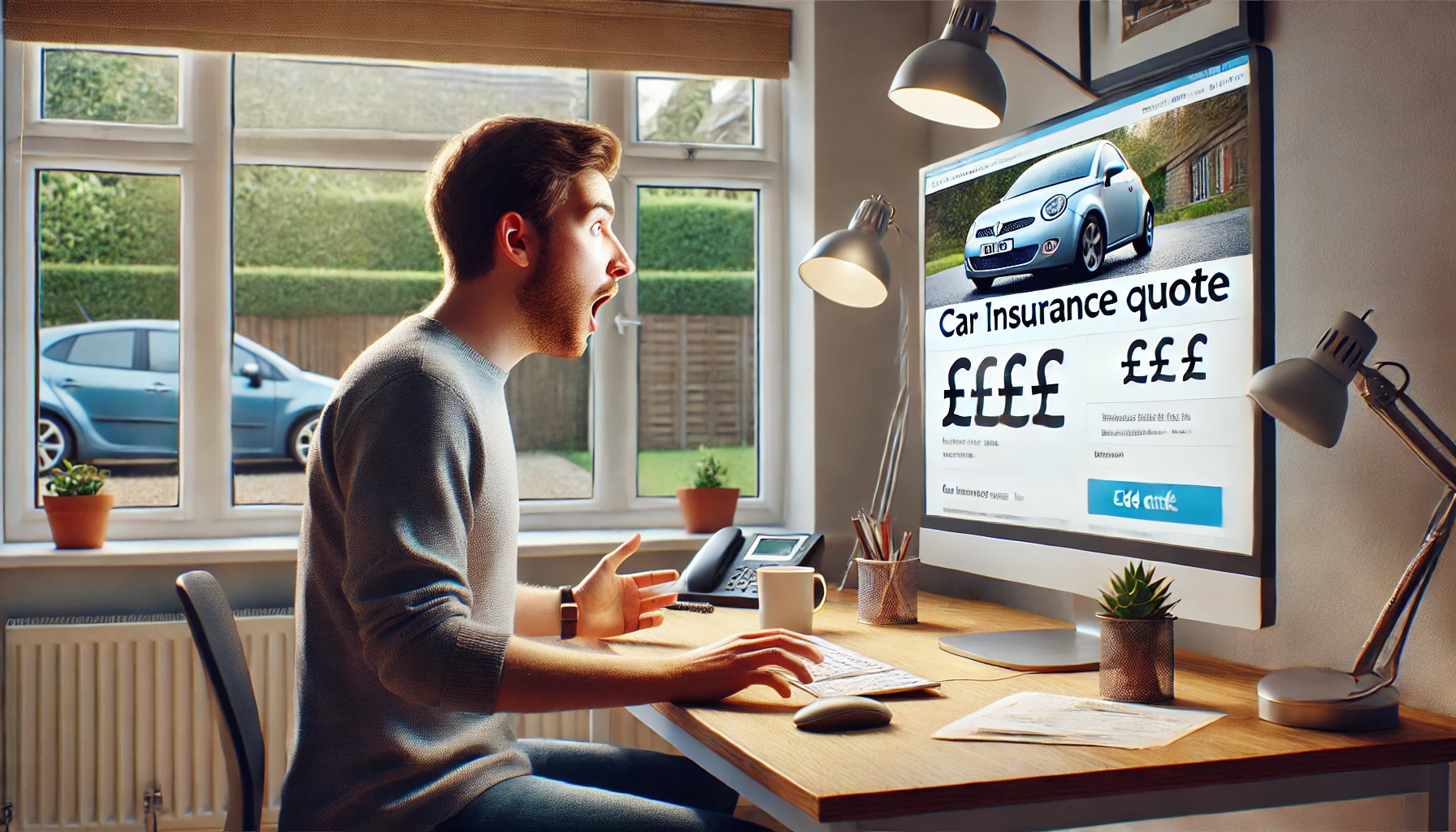| Factor | Price Change | Explanation |
|---|---|---|
| Driver Age | 15% - 75% Increase | Younger (18-24) & older (70+) drivers typically have much higher accident risk and claim severity. |
| Driver Experience | Up to 50% Decrease | Experienced drivers with a clean record earn No Claims Discounts (NCDs). |
| Postcode | 10% - 50% Increase | Higher crime rates & congested areas increase risk. |
| Car Model & Year | 20% - 120% Increase | Performance cars, expensive models, older cars (>15 years) pose higher risk. |
| Annual Mileage | Up to 20% Increase | Higher mileage suggests wear and tear, potentially increasing risk. More time spent on the road = higher chance of having an accident. |
| Driving Convictions | 50% - 100% Increase | Points and disqualifications significantly raise premiums due to perceived recklessness. |
| Voluntary Excess | 5% - 15% Decrease | Choosing a higher excess lowers premium but requires more out-of-pocket during if you have a claim. Find a balance. |
| Named Driver (Young / Inexperienced) | 20% - 50% Increase | Young or inexperienced driver increases risk of accidents and pushes up price. Young drivers claim more and cause more severe accidents. |
| Named Driver (Experienced) | Up to 25% Decrease | Experienced driver with a good record reduces accident risk when sharing the driving. |
| Previous Claims | 5% - 100% Increase | Past claims (severity, frequency, fault) impact premiums due to poor insurance history. |
| Occupation | 5% - 30% Increase | Certain occupations are deemed higher risk e.g. long hours, fatigue, night driving, driving/parking in high crime areas or unfamiliar locations. |
| Marital Status (Married) | Up to 10% Decrease | Statistically, married drivers tend to be less risky, more stable. |
| Have Children | Up to 15% Increase | Statistical correlation with increased risk. Driver distraction and increased liability for insurer. |
| Vehicle Value | Up to 20% Increase | Higher value cars cost more to repair or replace in case of accident or write-off claim. |
| Modifications | Up to 100% Increase (Performance mods), Up to 20% Decrease (Security mods) | Performance modifications can increase risk due to higher speeds or altered handling, while security modifications may reduce risk to a lesser extent. |
| Dashcam | Up to 10% Decrease | Helps prove fault, reducing claim costs for insurers. |
| Parked Overnight Location | -5% to +10% | Historically garage or driveway parking is cheaper than street parking but can increase due to garage damage claims (narrow modern garages) and high-tech thefts from driveways. Street parking can now suprisingly be cheaper with some providers. |
| Car Use | Up to +25% | Social & Commuting, Social Only, and Business Use affect risk levels and premiums accordingly. |
| Licence Type | Up to 50% Increase | Different licence types (e.g., international, EU) may significantly impact risk and premiums. Perception of inexperience on UK roads. |
| Licence Years Held | Up to 20% Decrease | Longer-held licences typically indicate more experience and lower risk. |
| Use of Other Vehicles | Up to 10% Decrease | Regular use of additional vehicles, especially those not insured under the same policy, may reduce the overall exposure to risk, potentially lowering the likelihood of accidents and claims. |
| Payment Frequency (Monthly) | Up to 15-20% Increase | Monthly payments may include processing fees and interest charges, resulting in higher premiums compared to annual payments. |
| Declared Cancellation | Up to 50% Increase | Frequent cancellations or non-payment history can indicate higher risk, potentially leading to significantly higher premiums. Insurer forced cancellation could indicate non-declaration or fraudulent behaviour. |
| Telematics (Black Box) | Up to 20% Decrease | Installing a telematics device that monitors driving behavior can lower premiums by demonstrating safer driving habits through a calculated driving score. |
Disclaimer: The data and insights in this table are derived from our own research efforts and knowledge. While we strive for accuracy, please consult authoritative sources for verification before making any decisions based on this information. Always confirm details with your current and/or prospective insurance provider.




















